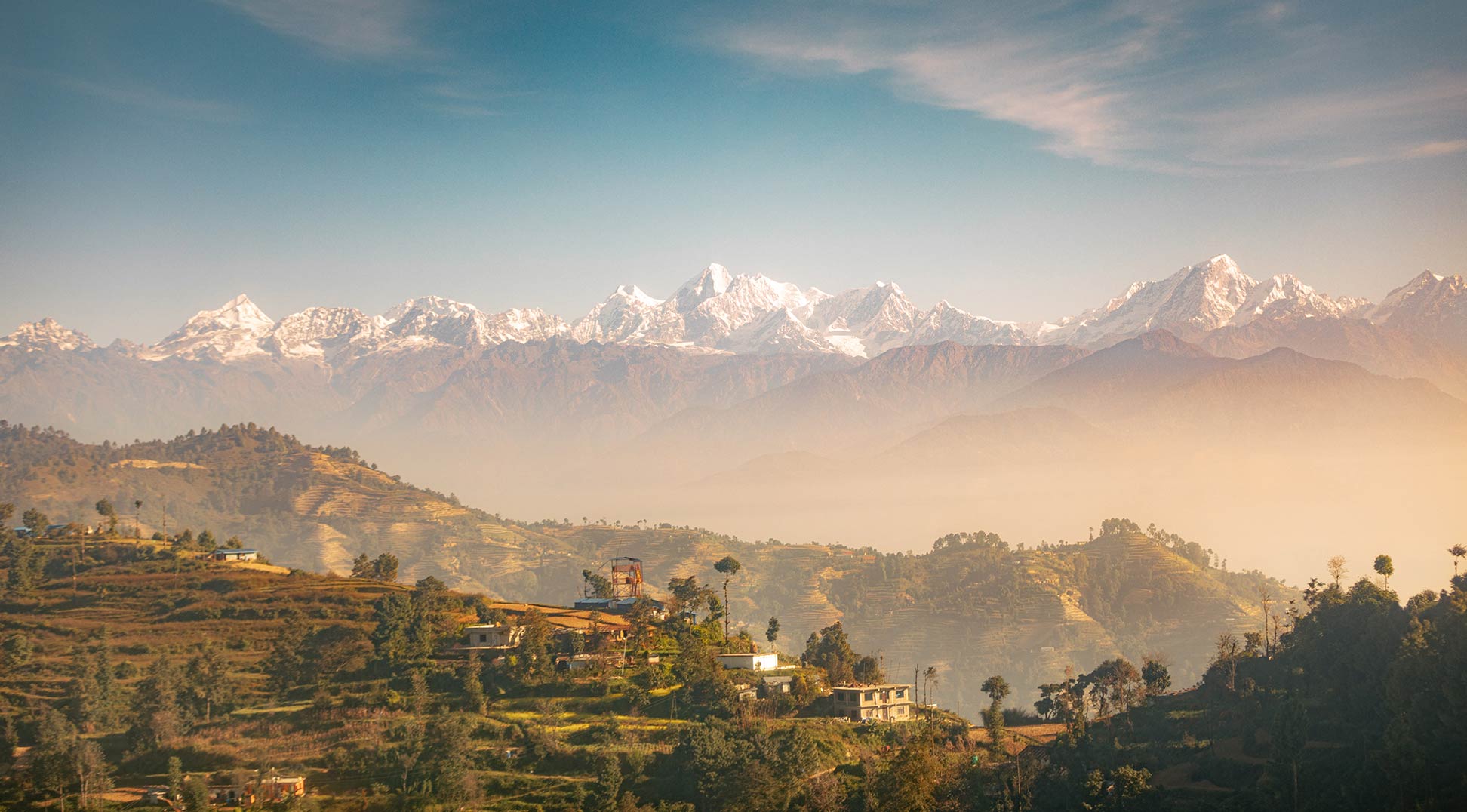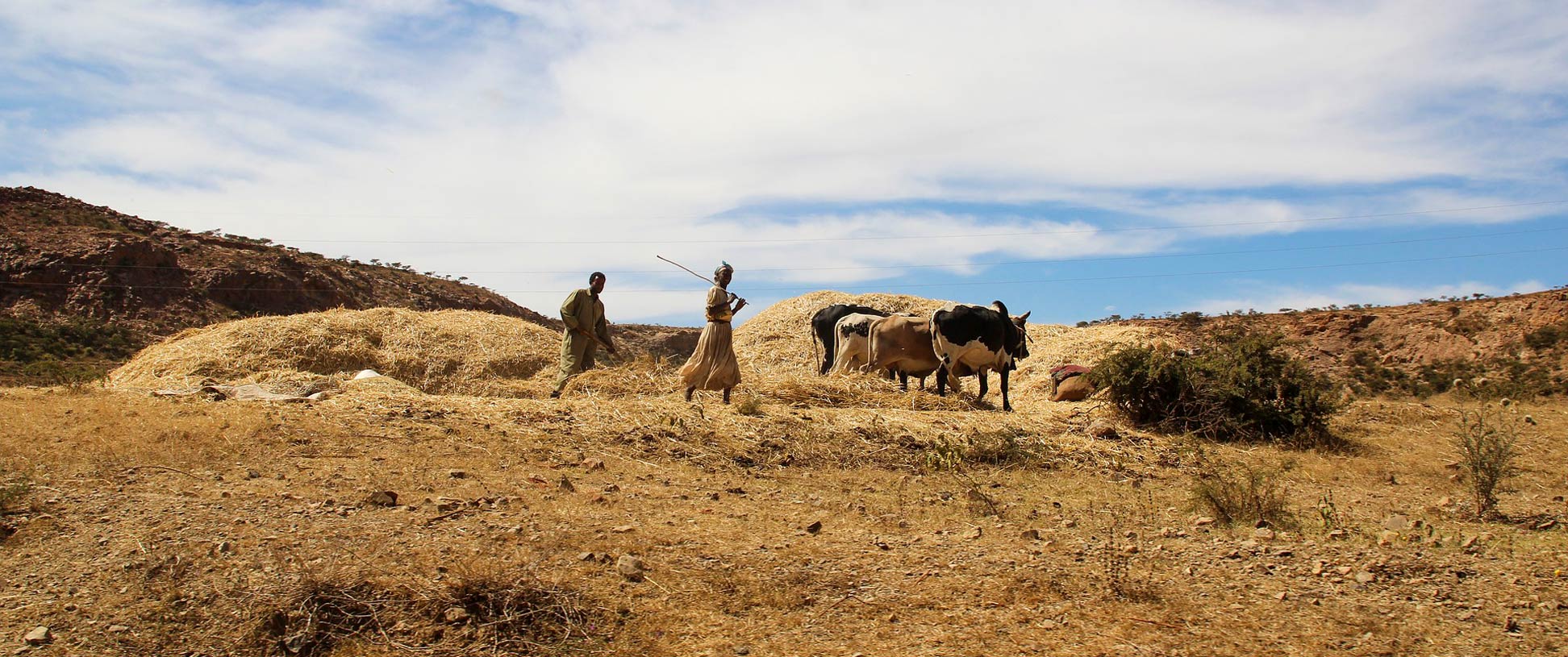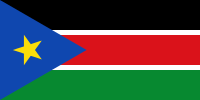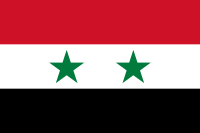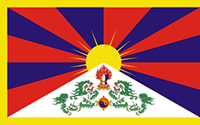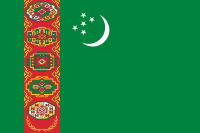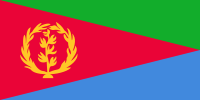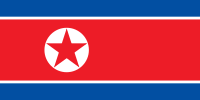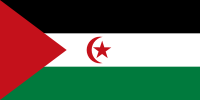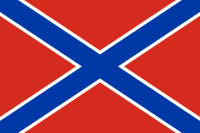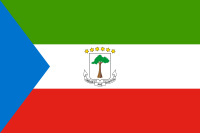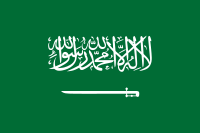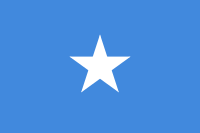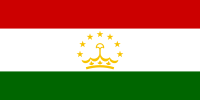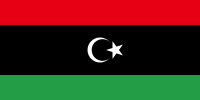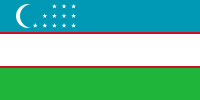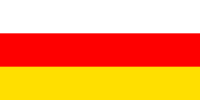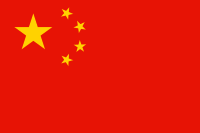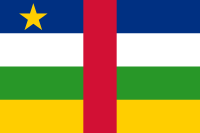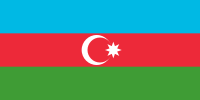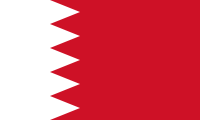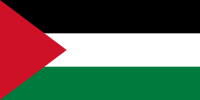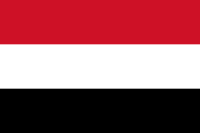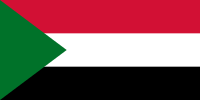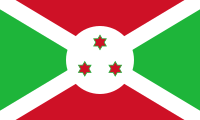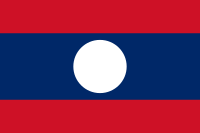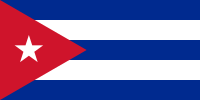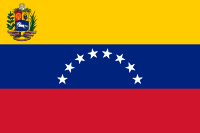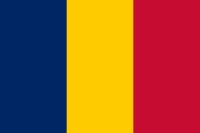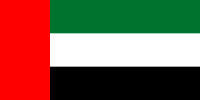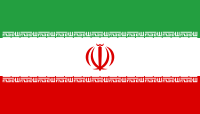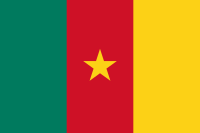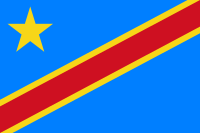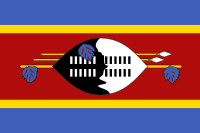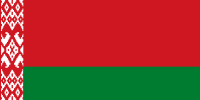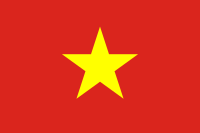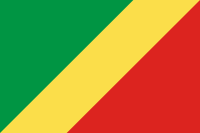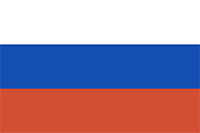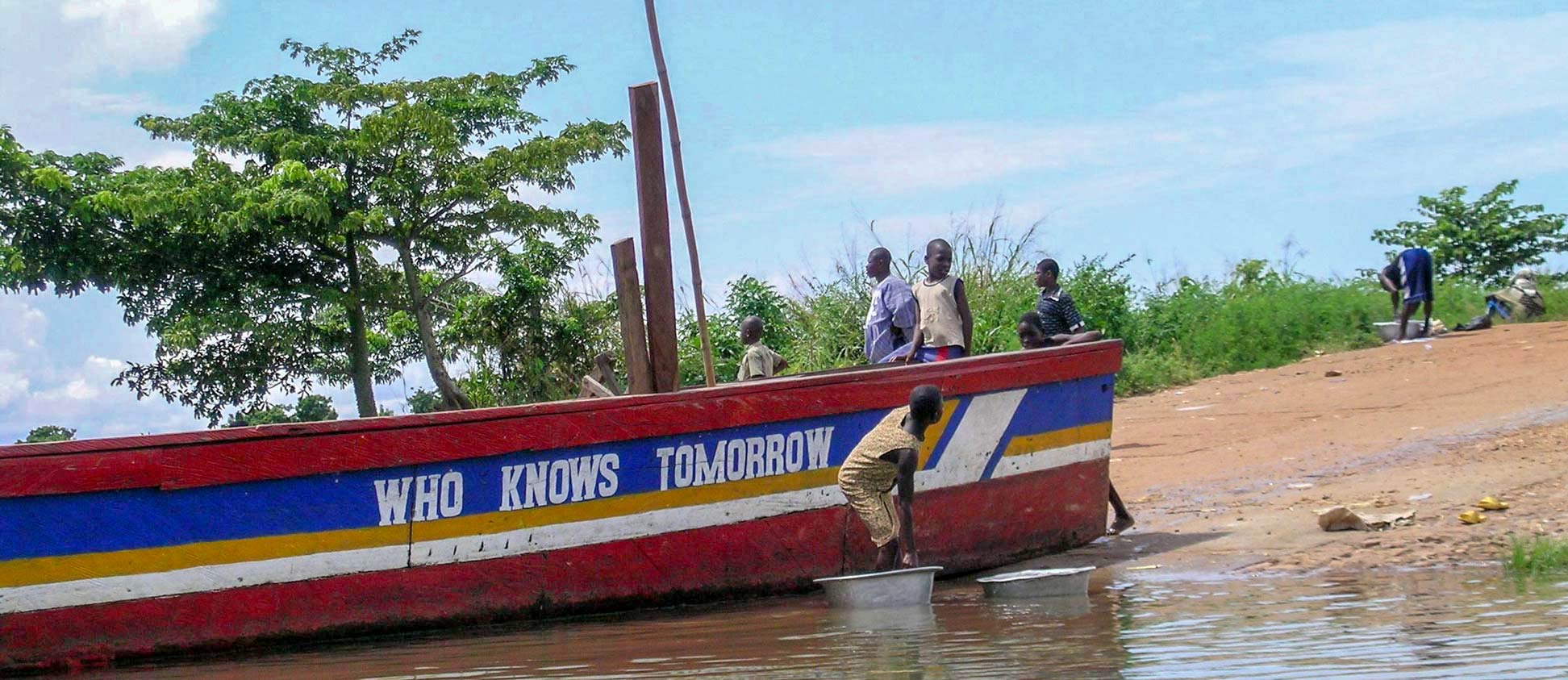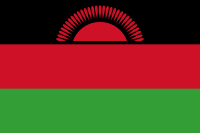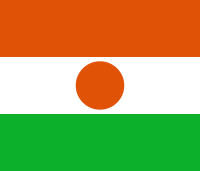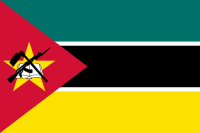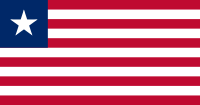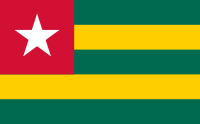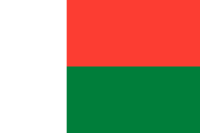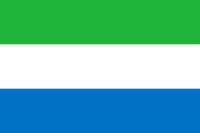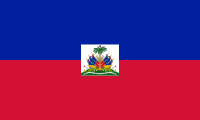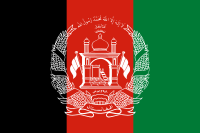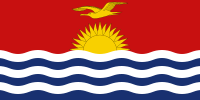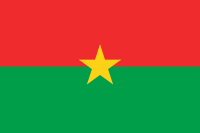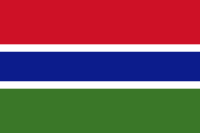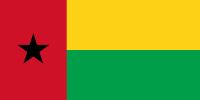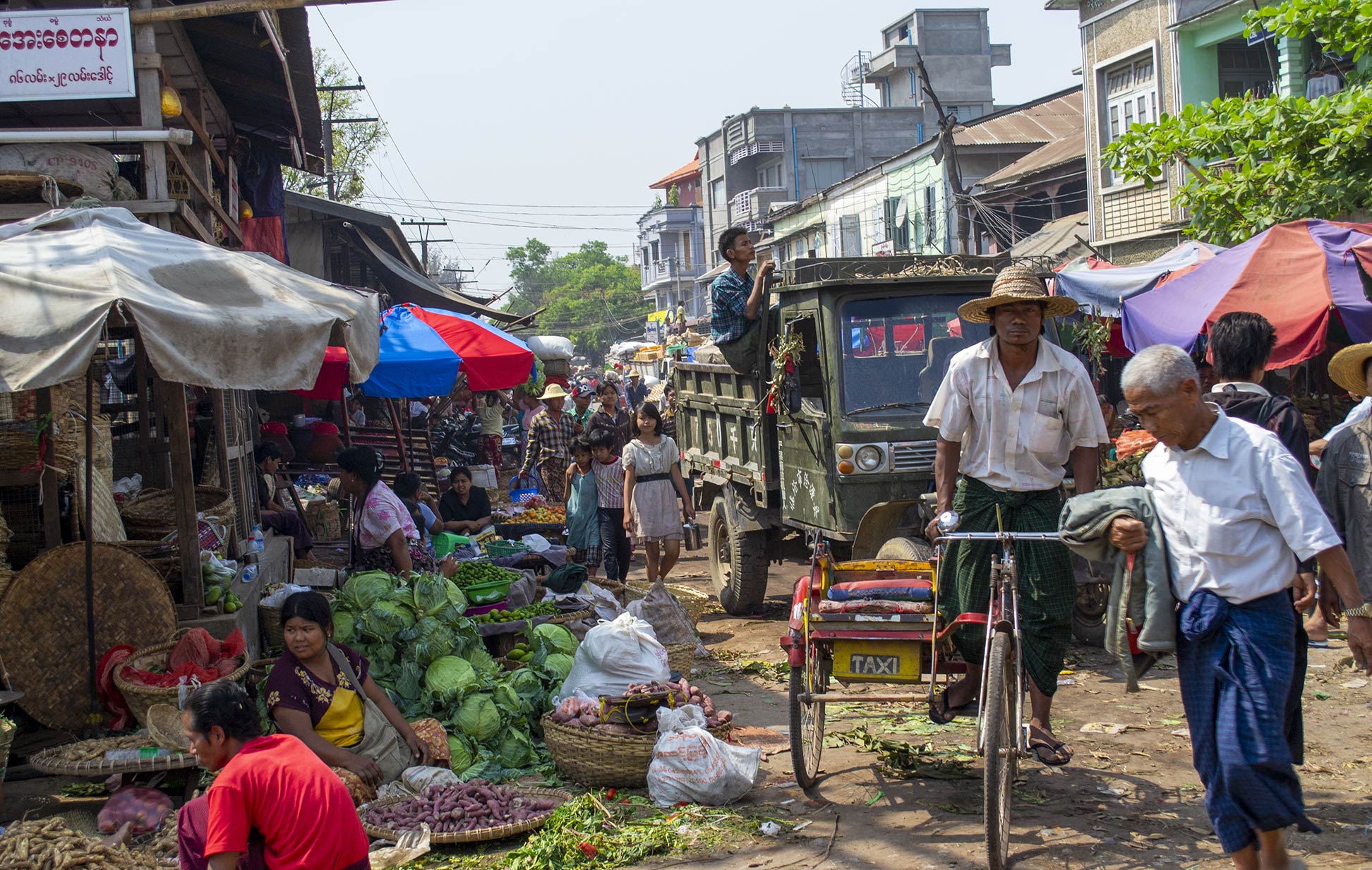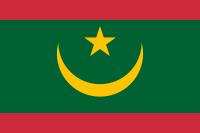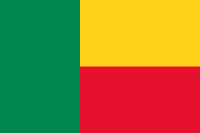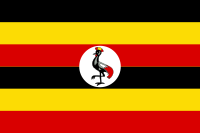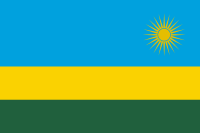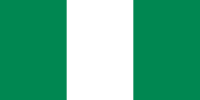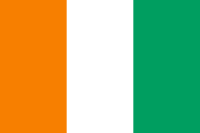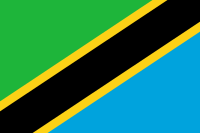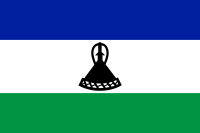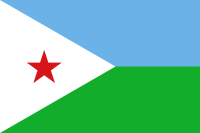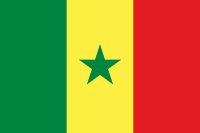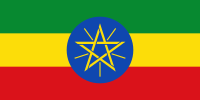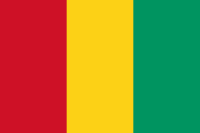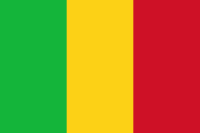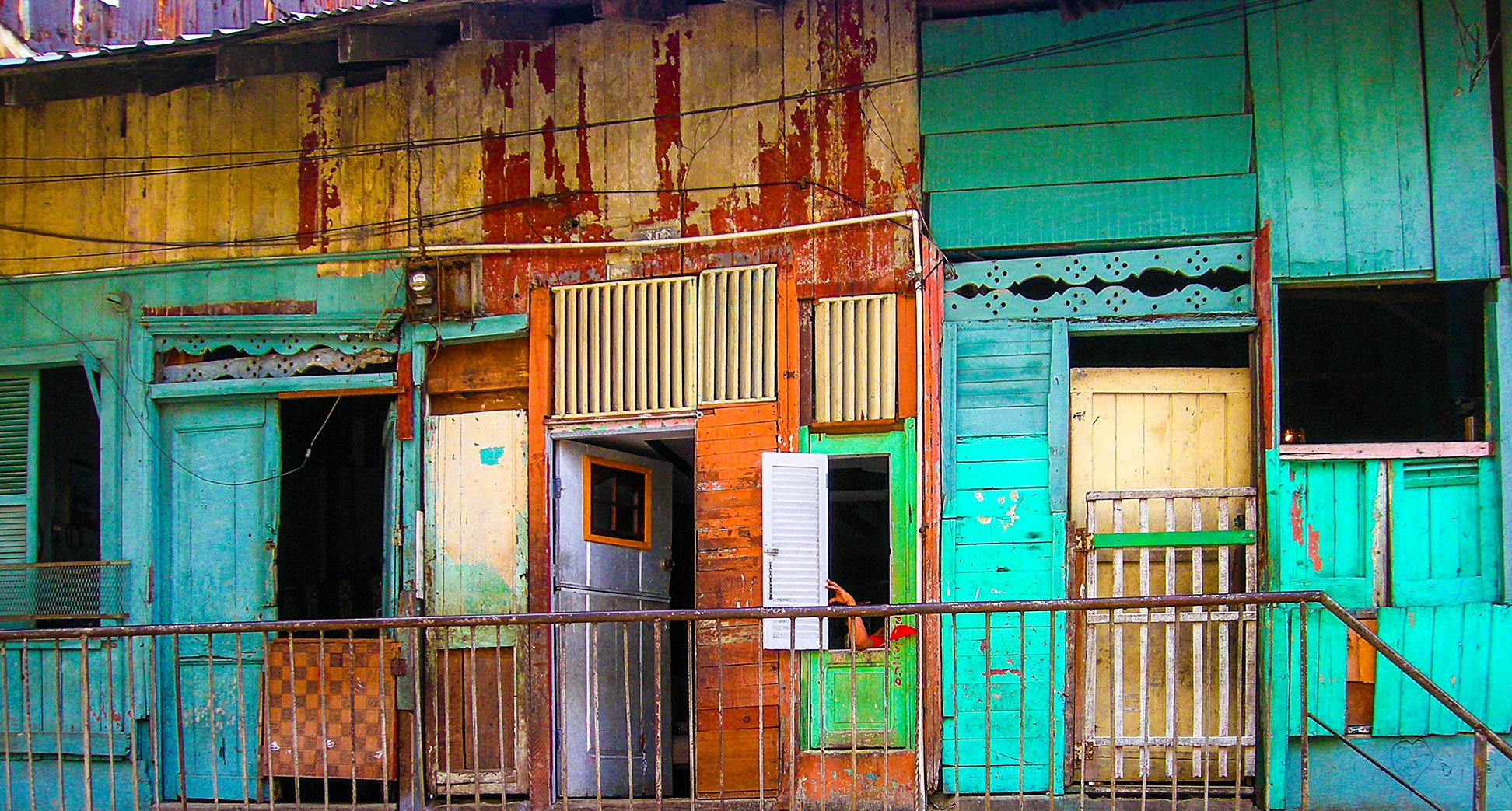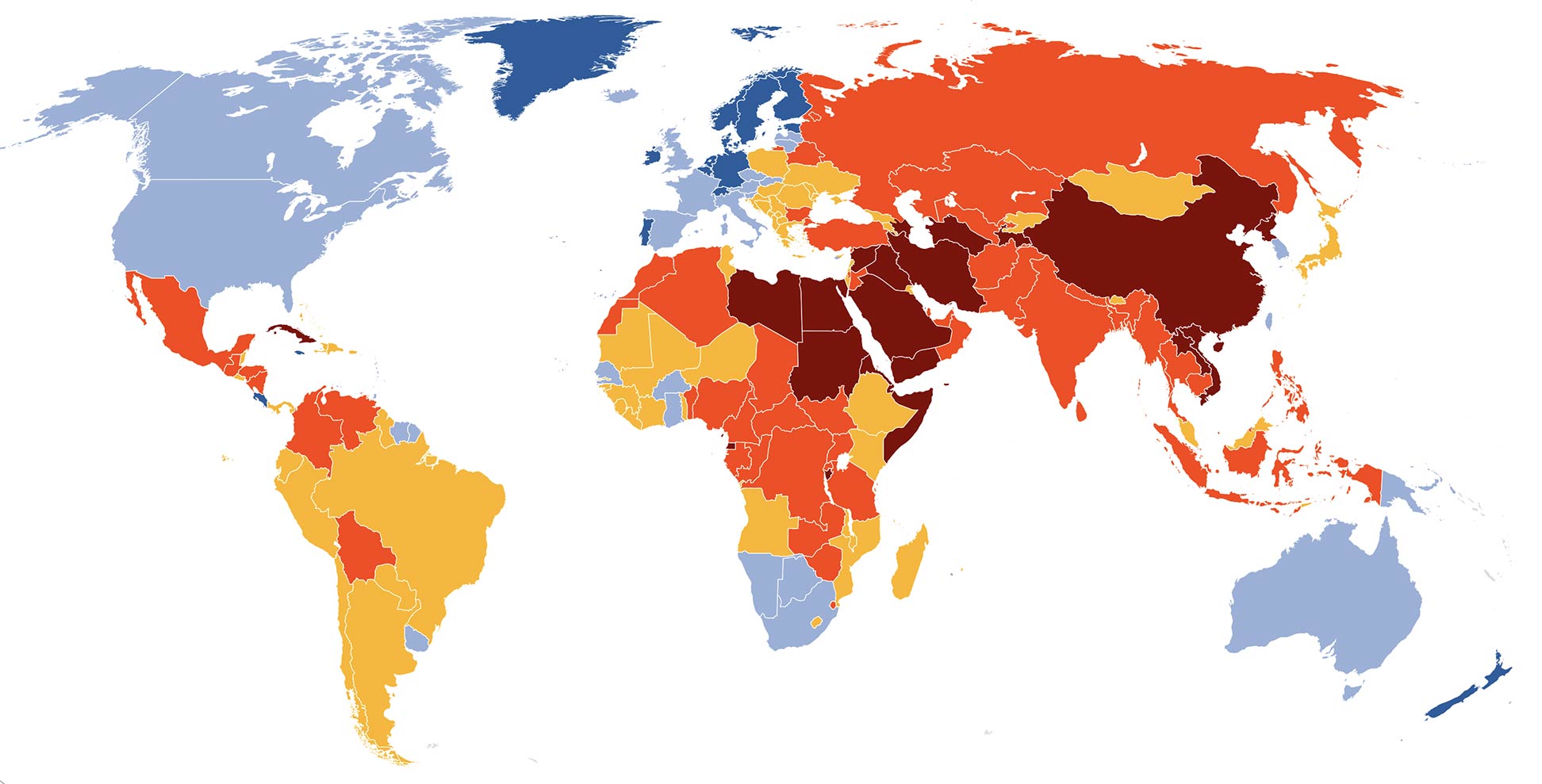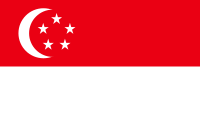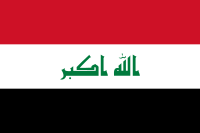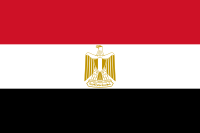The Human Development Index (HDI) is published annually by the UN.
It measures the average achievements in a country in three basic dimensions of
human development:
1. Life Expectancy Index (LEI): Life expectancy at birth (in years)
2. Education Index (EI) Mean years of schooling (in years), and Expected years of schooling (in years)
3. Income Index (II): Per capita income (PPP $).
Definitions:
The
Human Development Index (HDI) is a composite index measuring average achievement in three basic dimensions of human development: a long and healthy life, knowledge, and a decent standard of living - or the lack of it.
Life expectancy at birth: Number of years a newborn infant could expect to live if prevailing patterns of age-specific mortality rates at the time of birth stay the same throughout the infant's life.
Mean years of schooling: Average number of years of education received by people ages 25 and older, converted from education attainment levels using official durations of each level.
Expected years of schooling: Number of years of schooling that a child of school entrance age can expect to receive if prevailing patterns of age-specific enrolment rates persist throughout the child's life.
Gross national income (GNI) per capita: Aggregate income of an economy generated by its production and its ownership of factors of production, less the incomes paid for the use of factors of production owned by the rest of the world, converted to international dollars using purchasing power parity (PPP) rates, divided by midyear population.
GNI per capita rank minus HDI rank: Difference in rankings by GNI per capita and by the HDI. A negative value means that the country is better ranked by GNI than by the HDI.
Nonincome HDI: Value of the HDI computed from the life expectancy and education indicators only.
Very high human development
Best in class in the category "Very high human development" in 2020 are 1
Norway, 2
Ireland and
Switzerland, 4
Hong Kong, China (SAR) and
Iceland, 6
Germany, 7
Sweden, 8
Australia and the
Netherlands, 10
Denmark, 11
Finland and
Singapore, 13
United Kingdom, 14
Belgium and
New Zealand, 16
Canada, 17
United States, 18
Austria, 19
Israel,
Japan, and
Liechtenstein.
Criticism
The above list already shows some of the HDI's weaknesses; Singapore is ranked 11th (out of 185), although it scores extremely poorly on freedom of the press and freedom of expression, as does Hong Kong (4th). The United States, with its systemic racism and elitism and gaping social divide where more than 60% of people live from paycheck to paycheck, ranks 17th.
The United Arab Emirates is ranked 31st, Saudi Arabia is 40th, and Bahrain 42nd, despite being among the most repressive countries in the world, which in our view is the opposite of a
Very high human development.
Below is the list of countries with a "Low Human Development," or the "Third World of Human Development."

